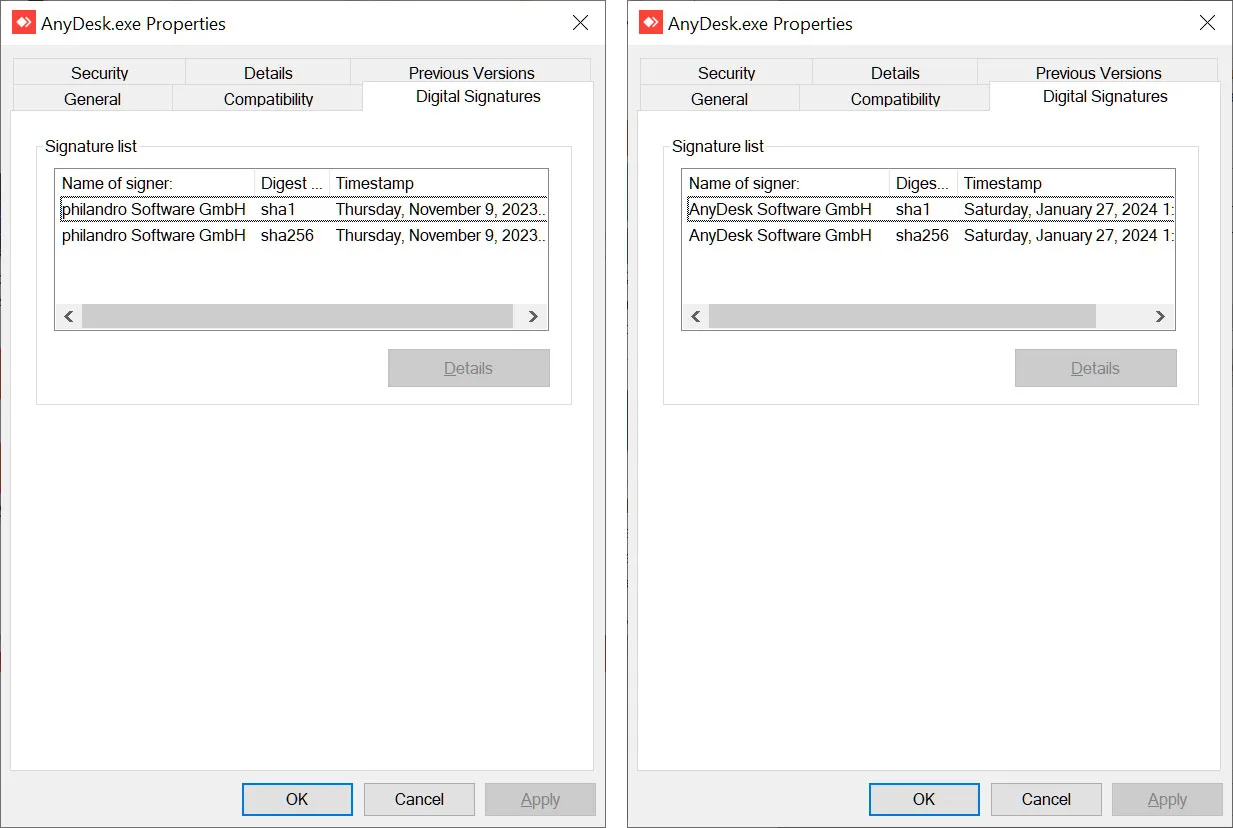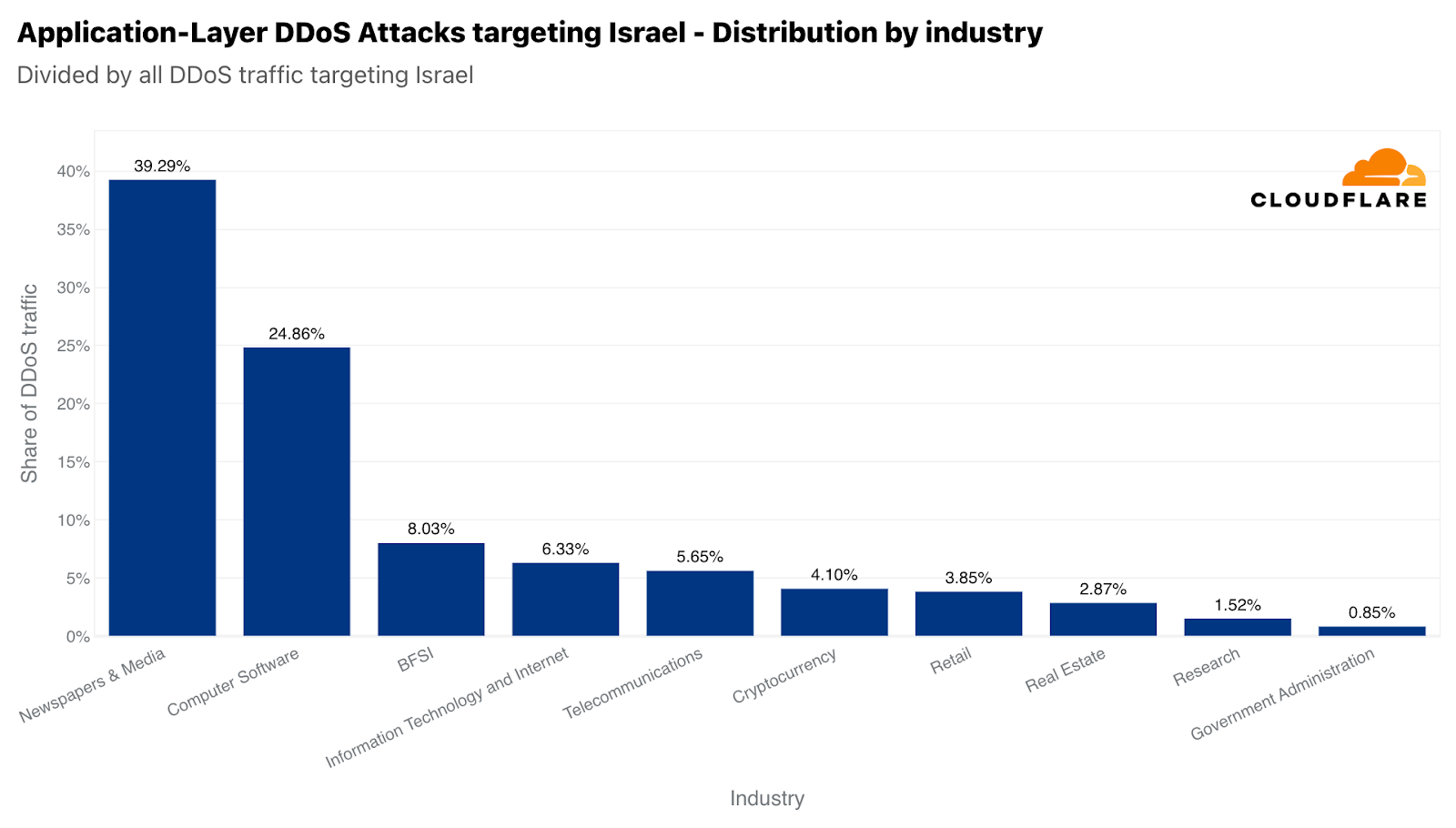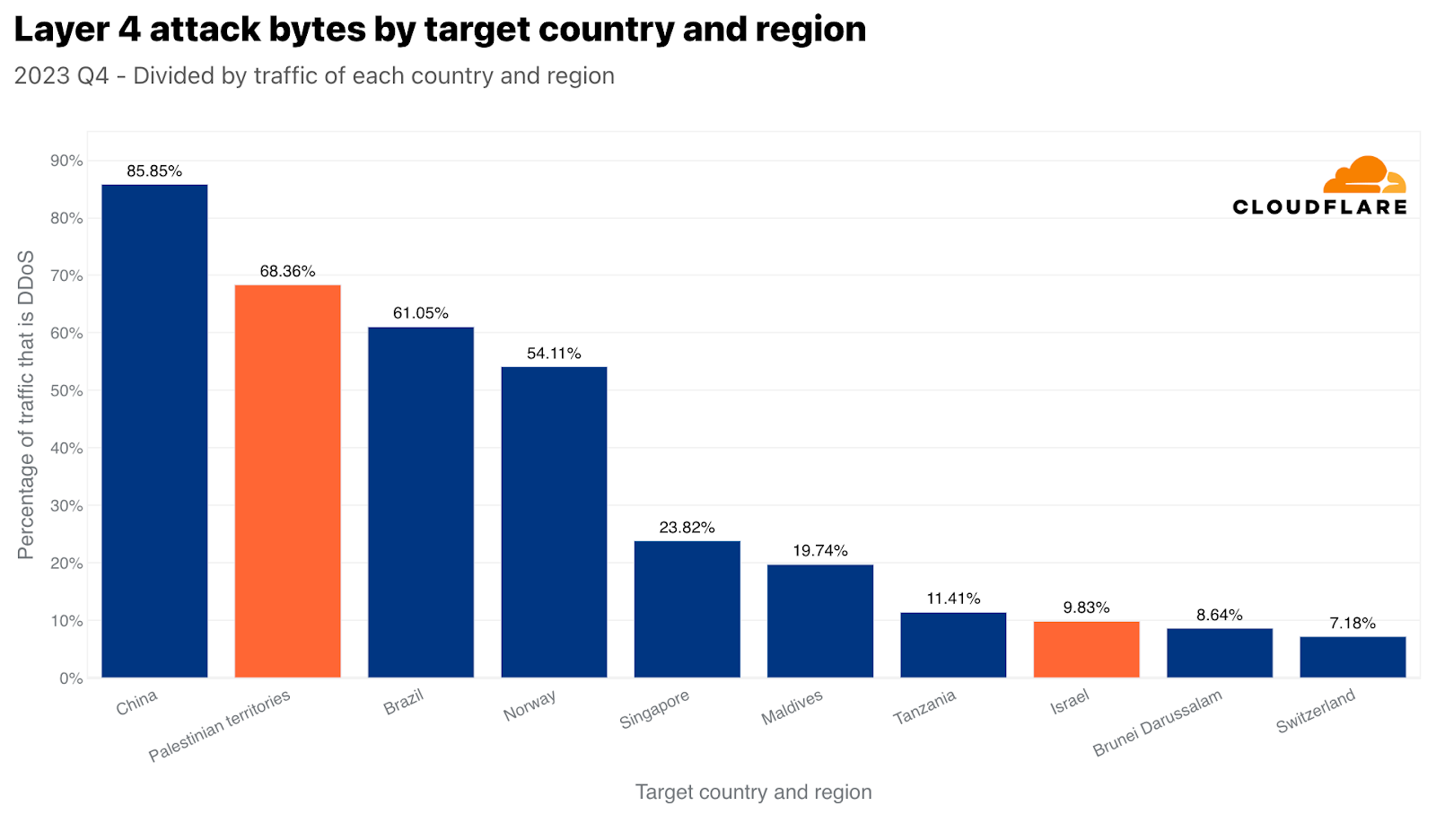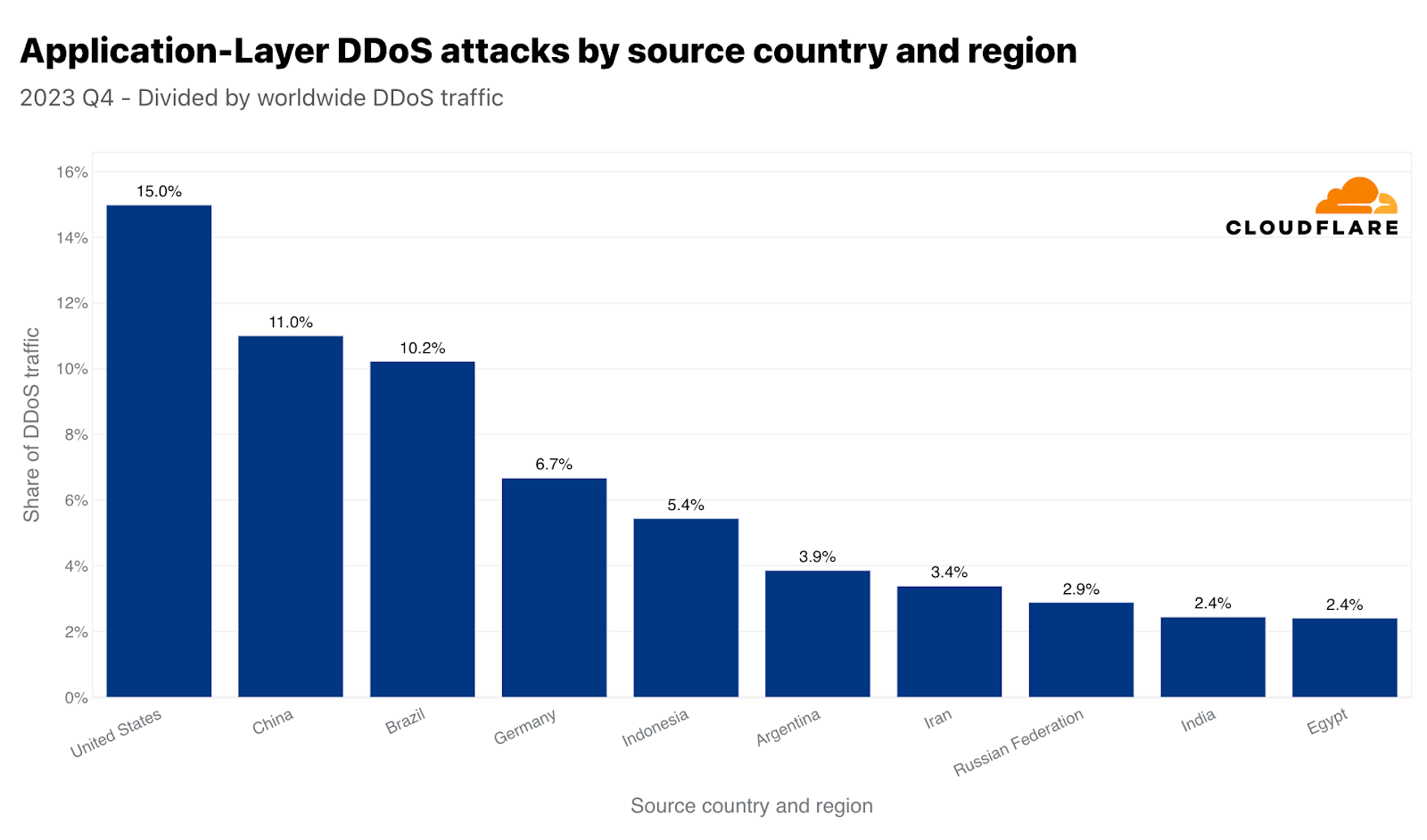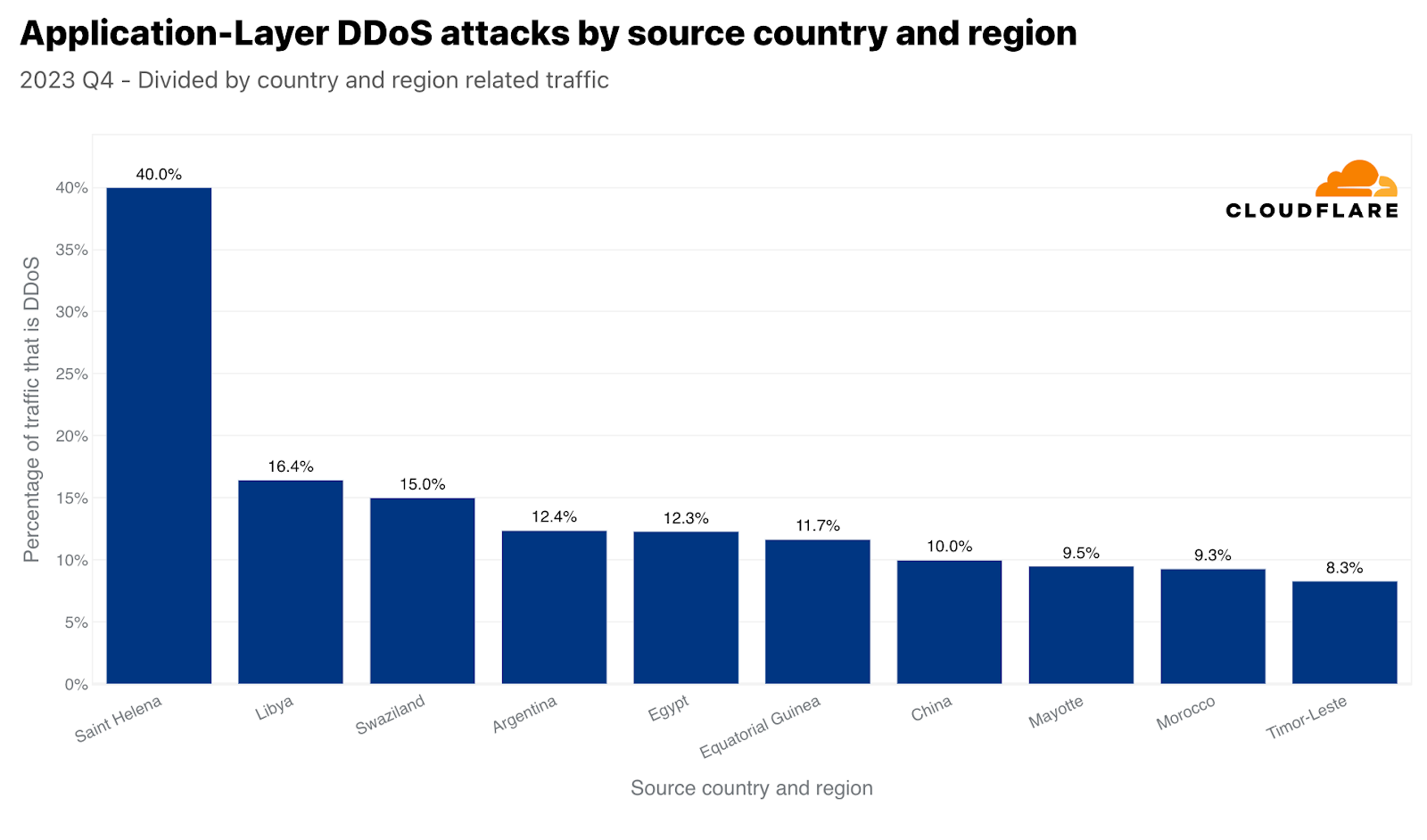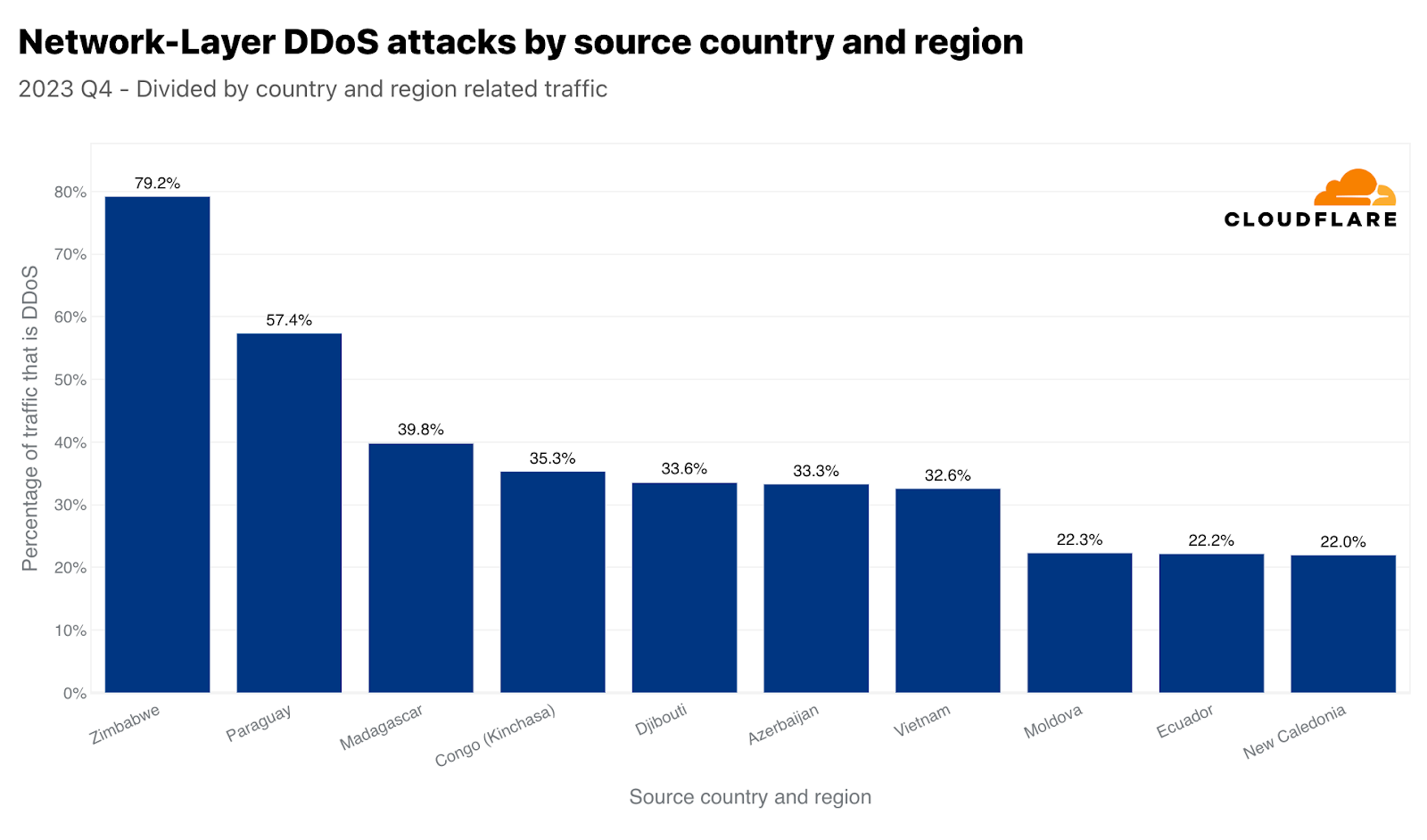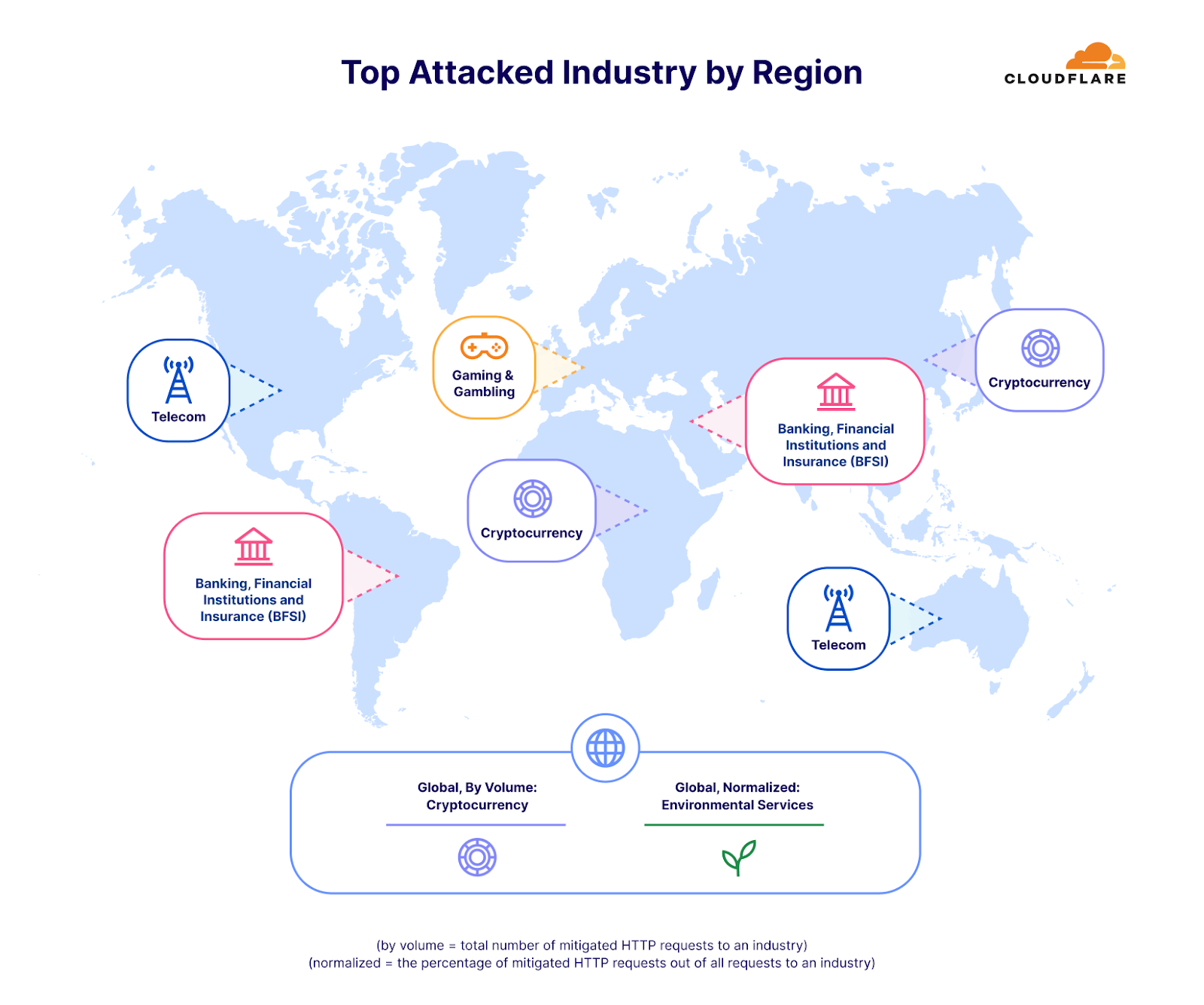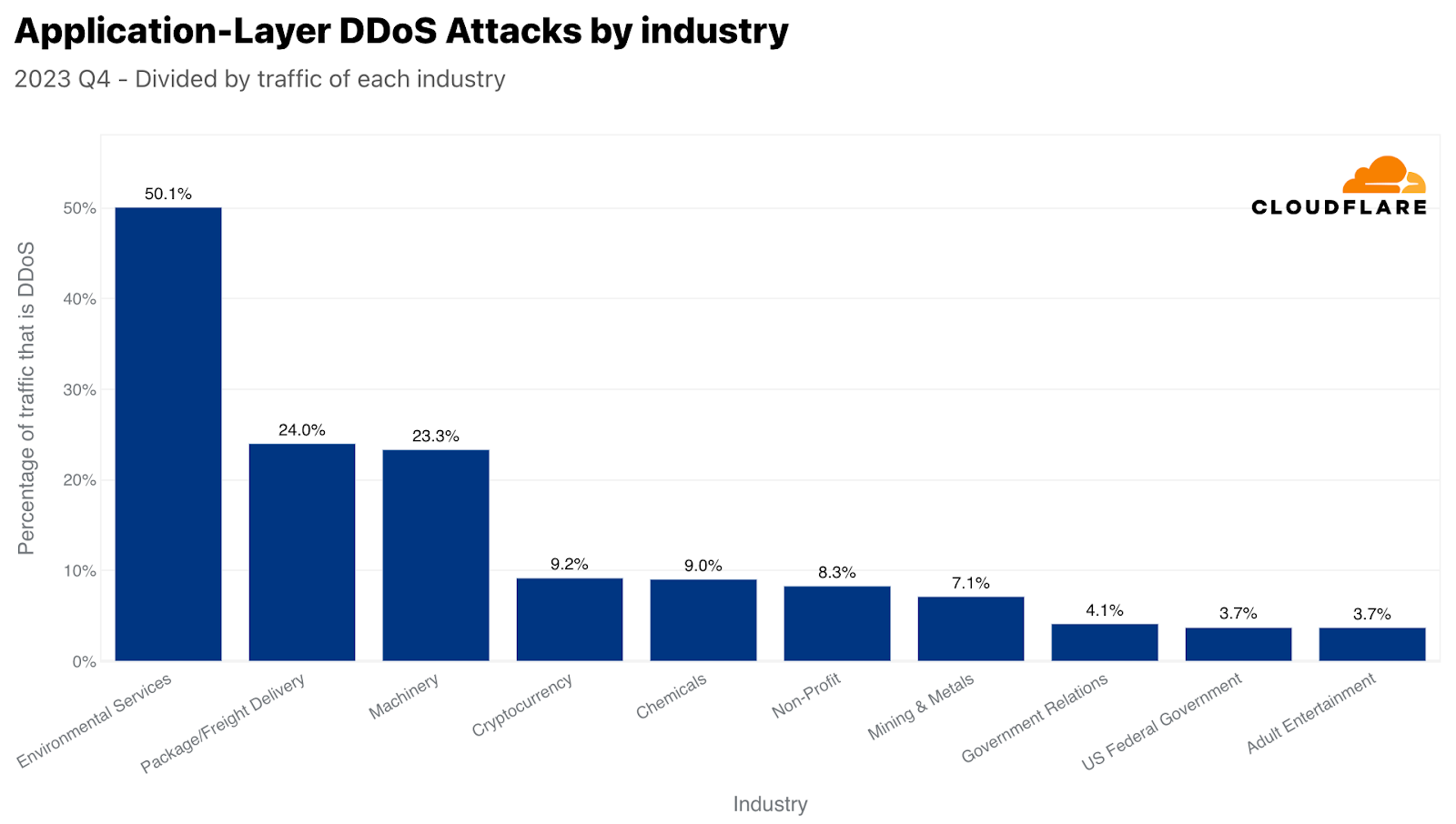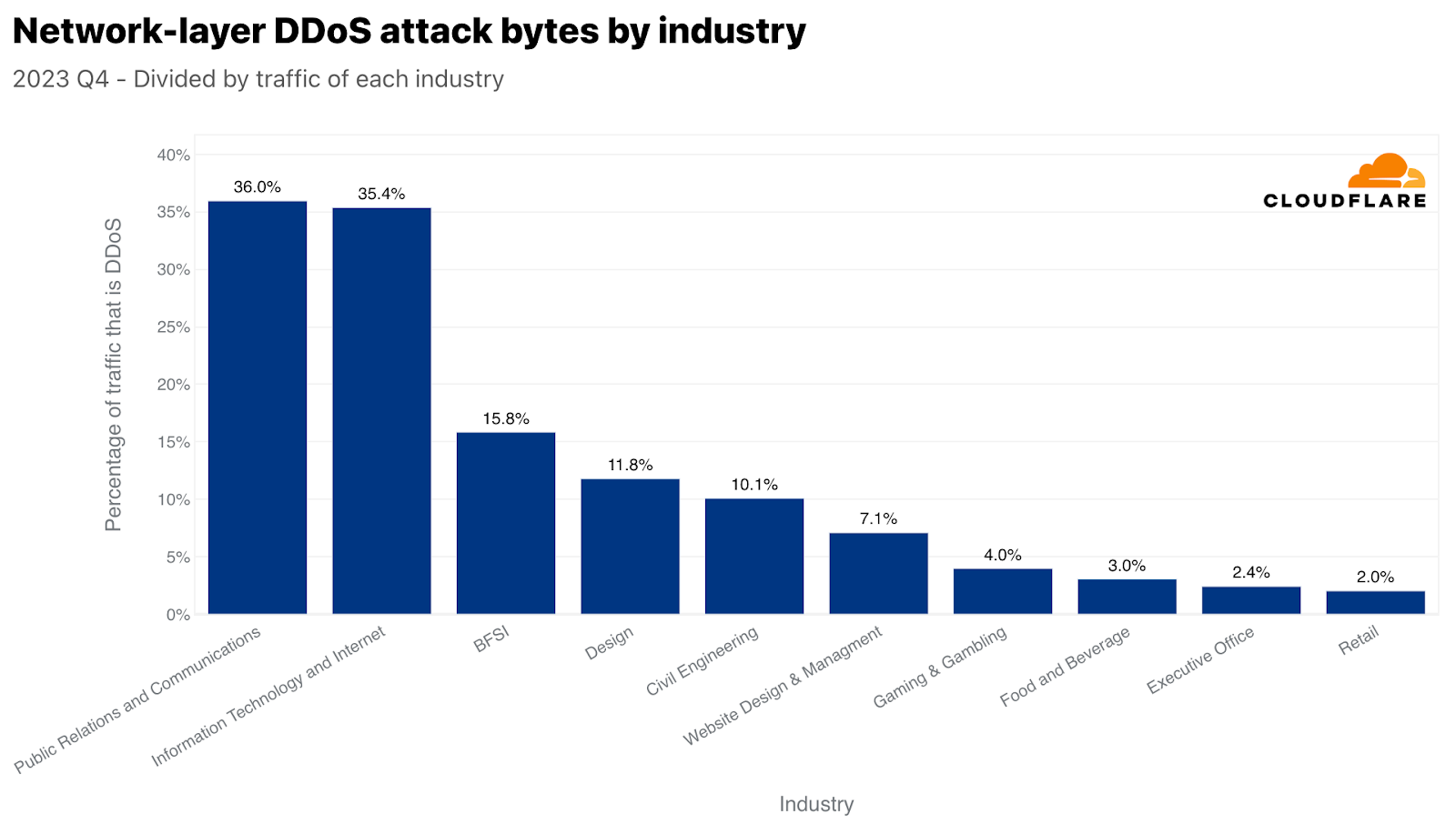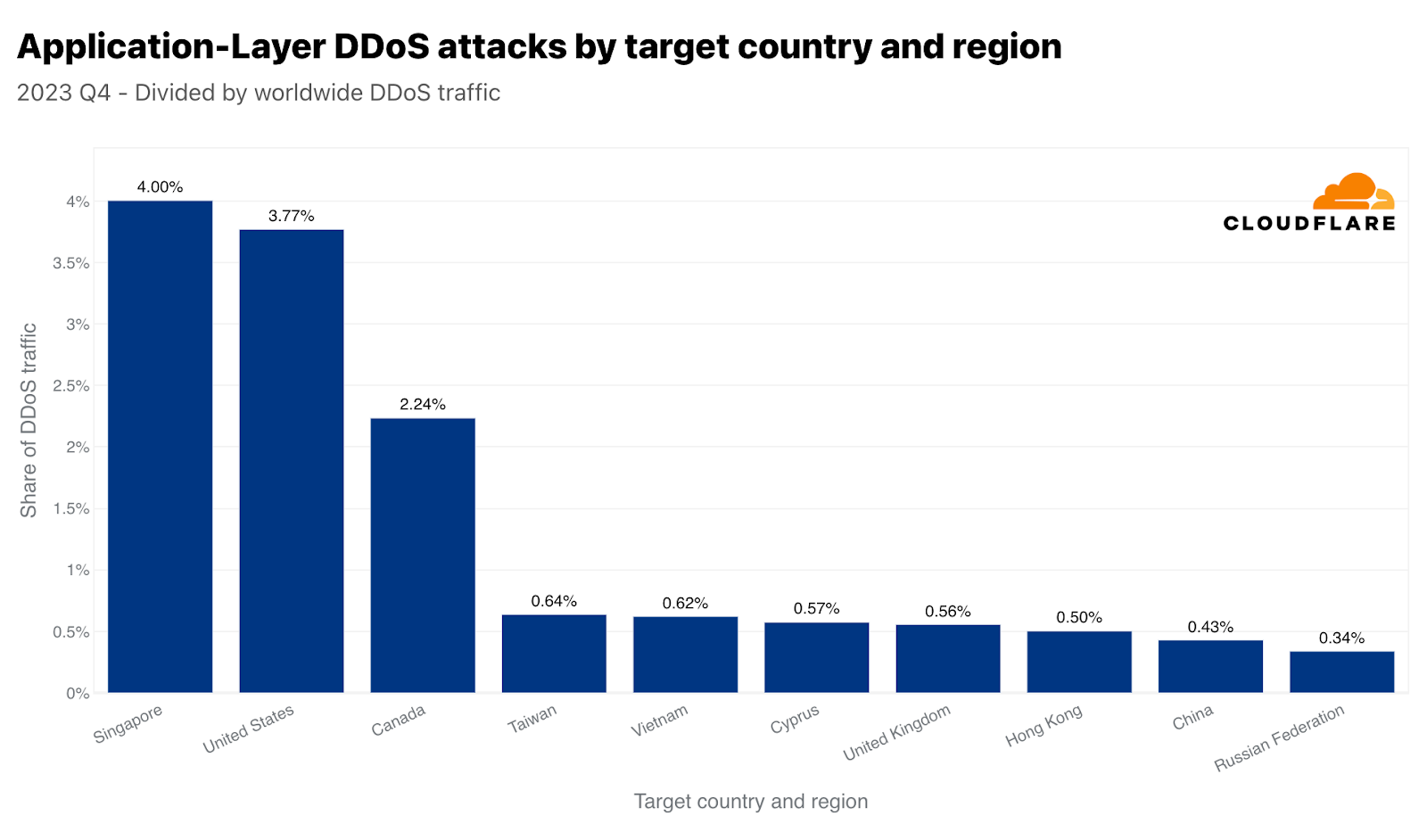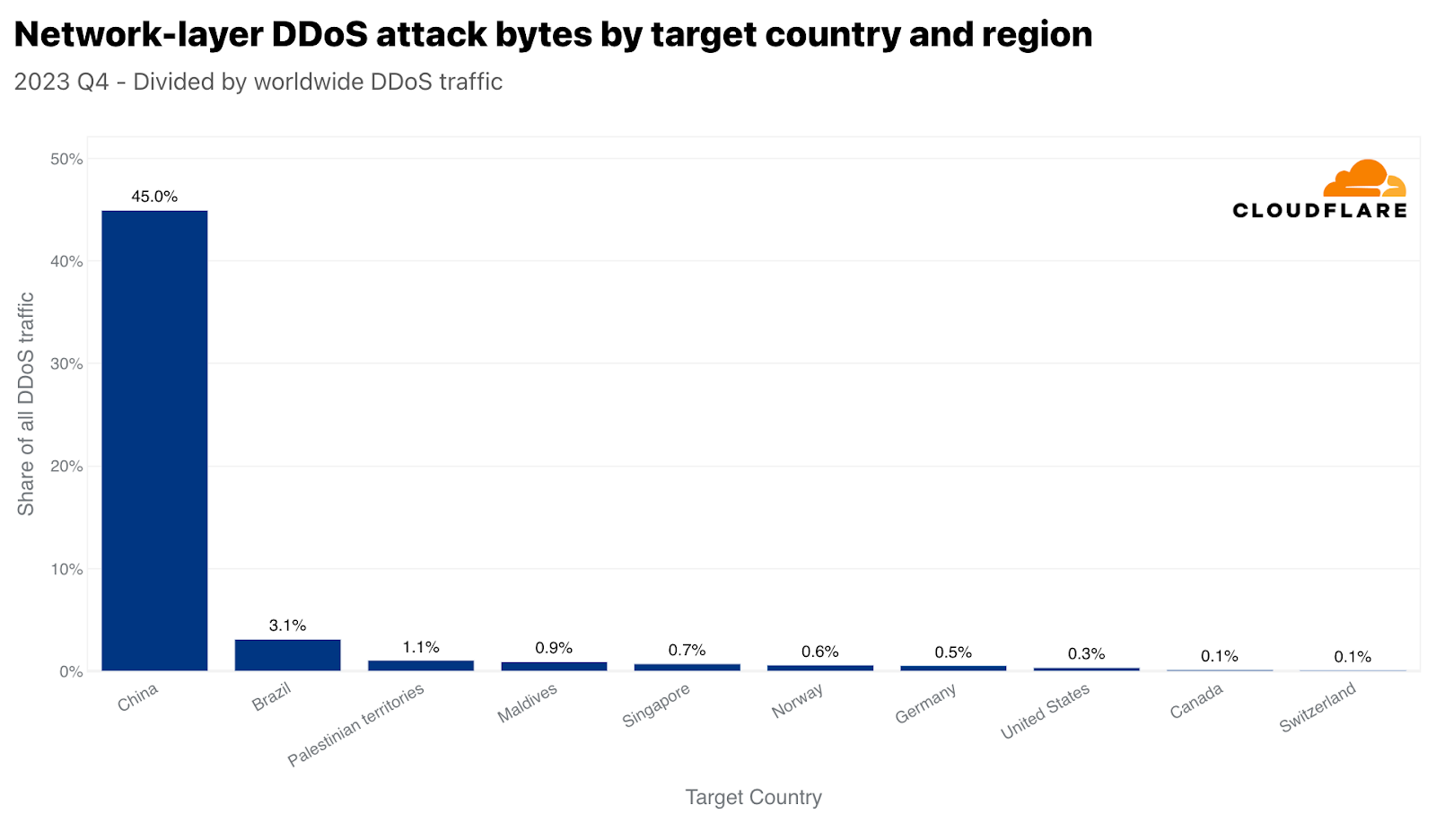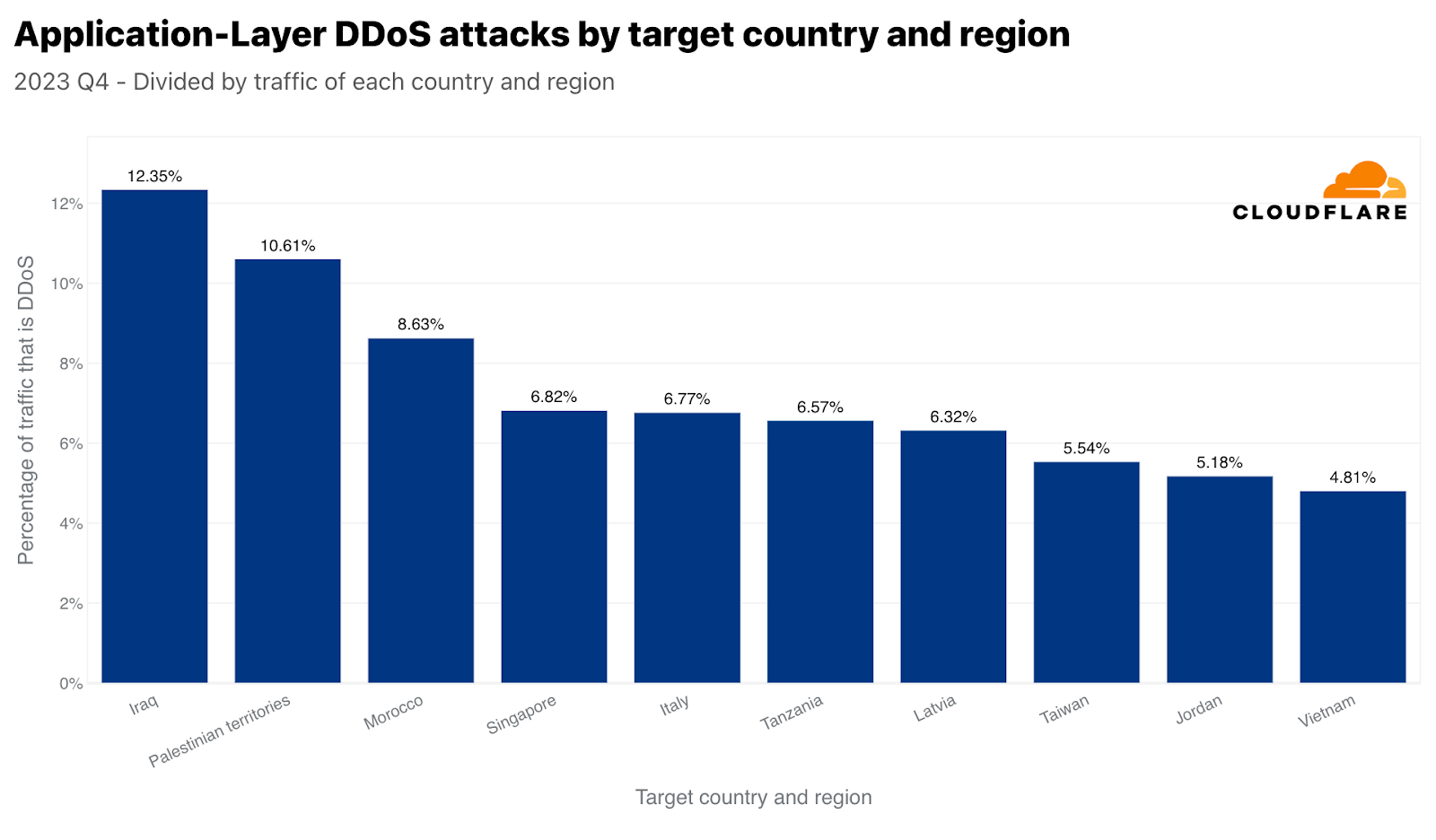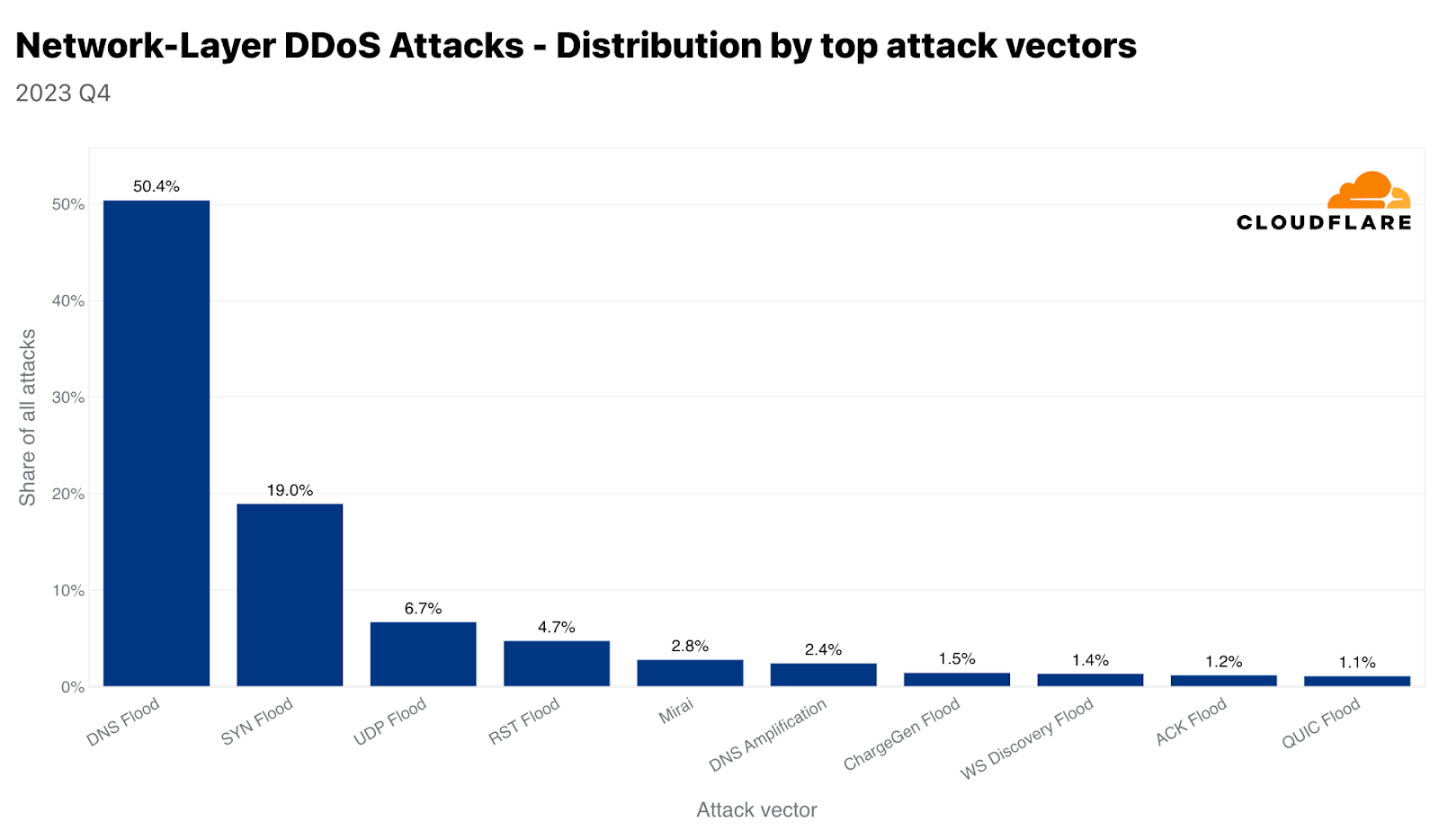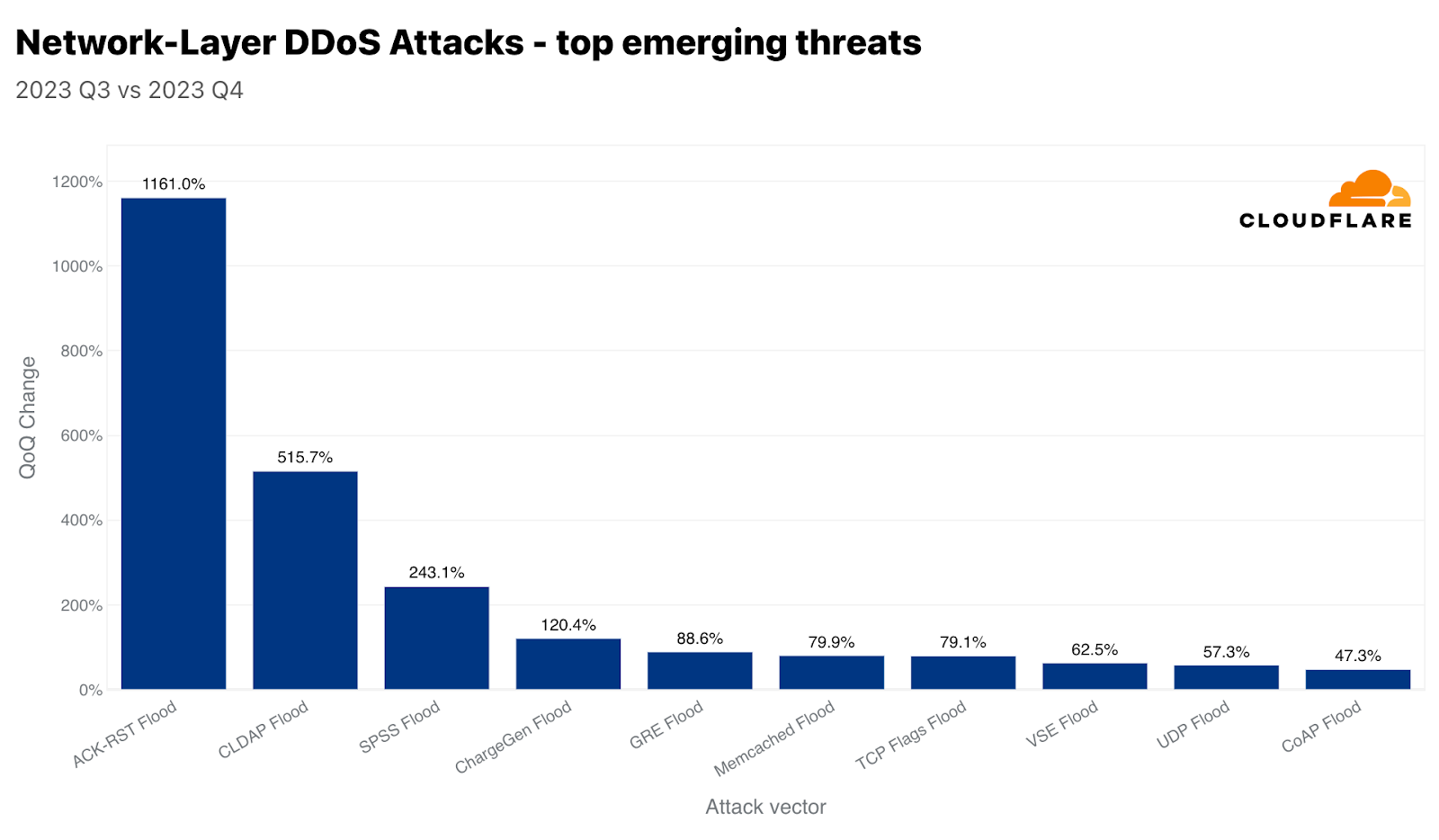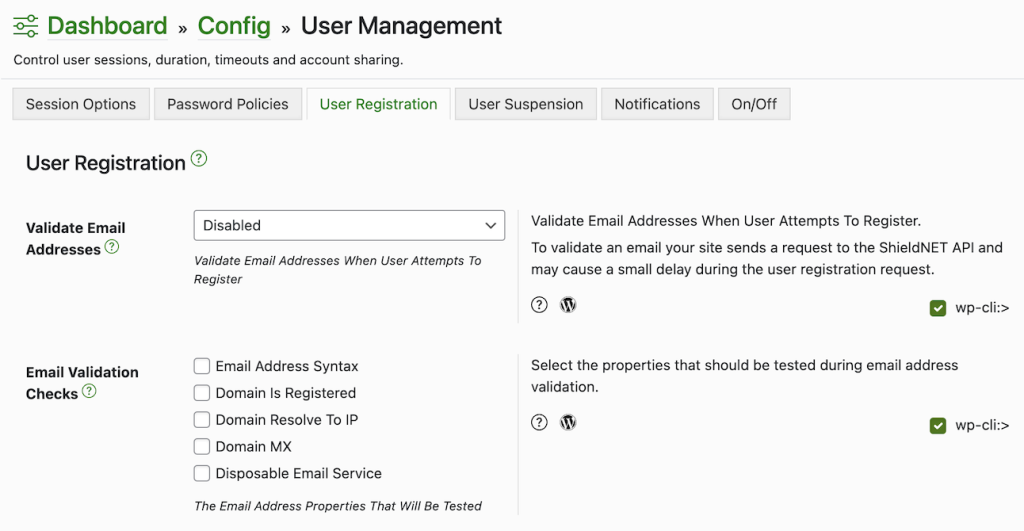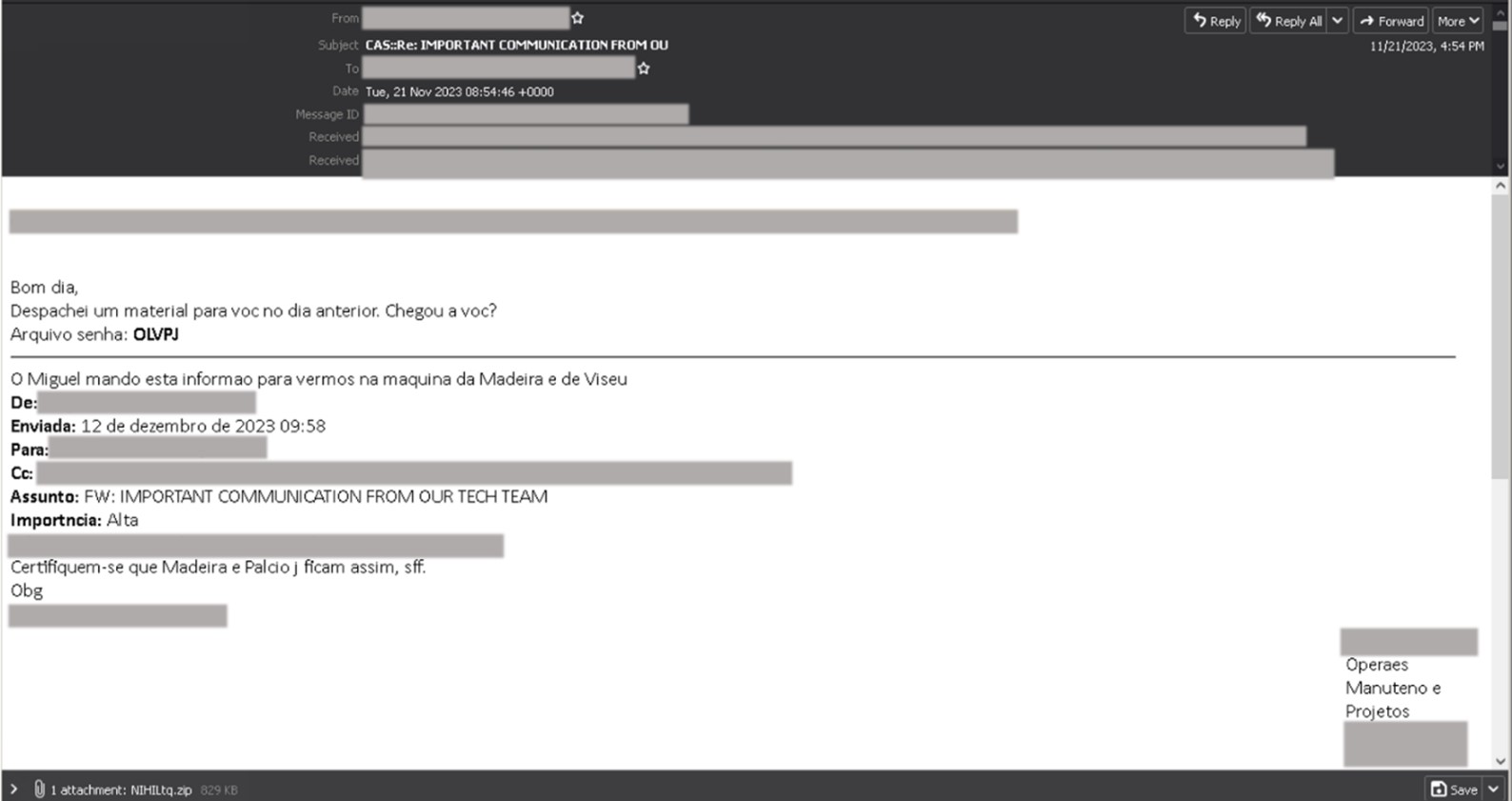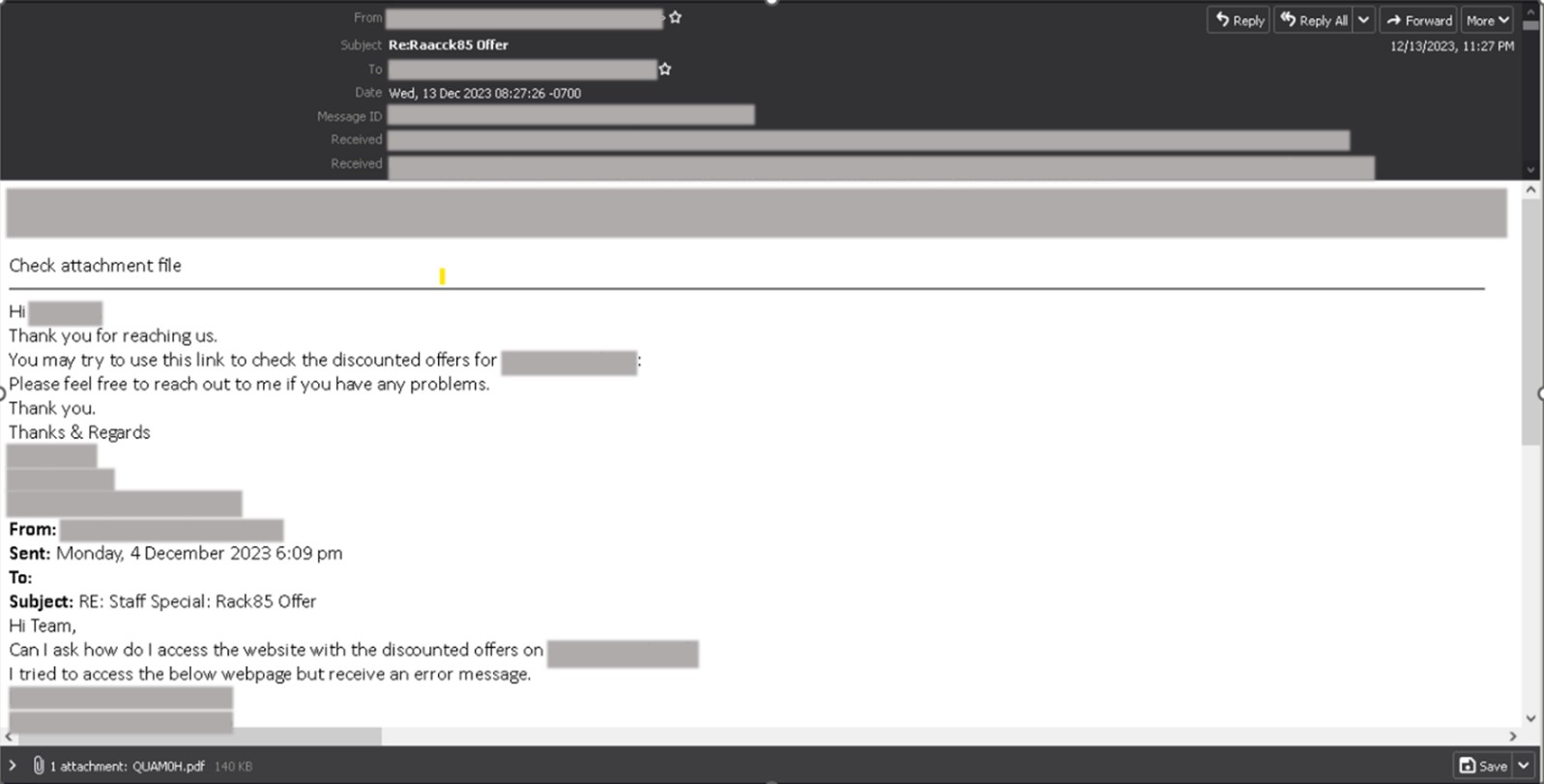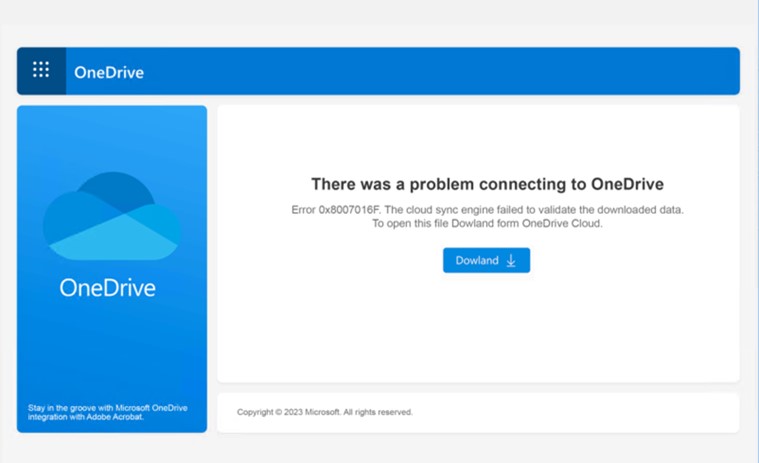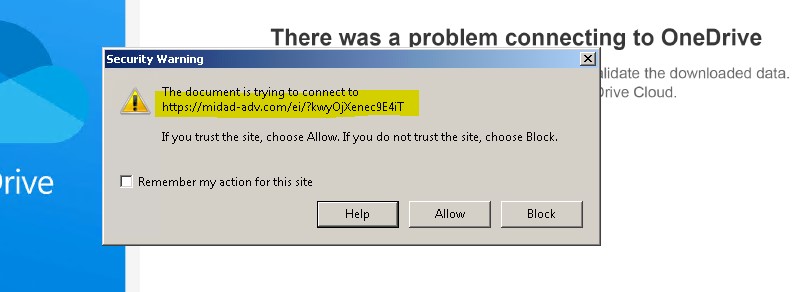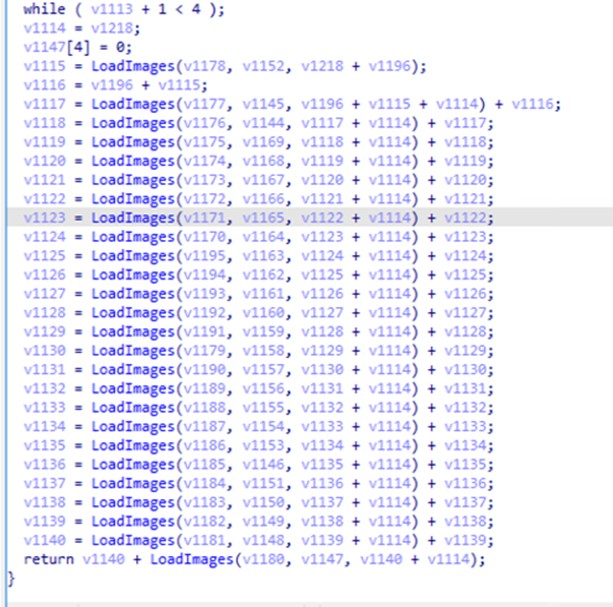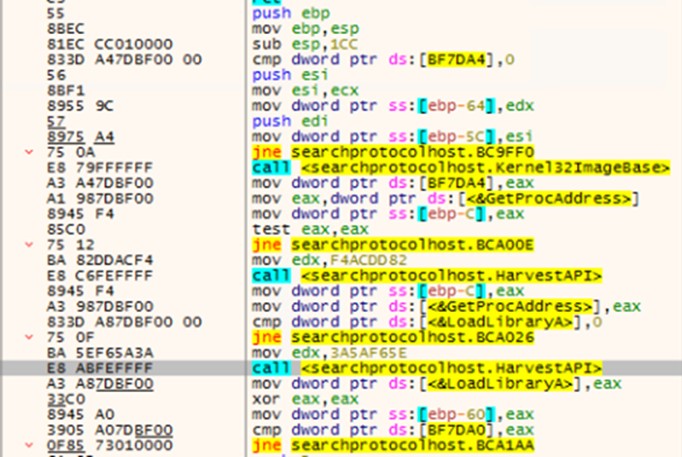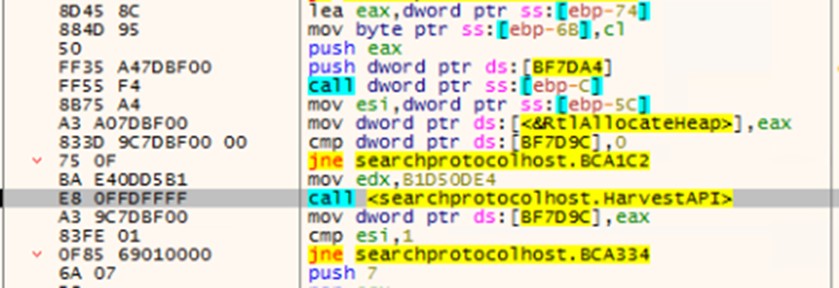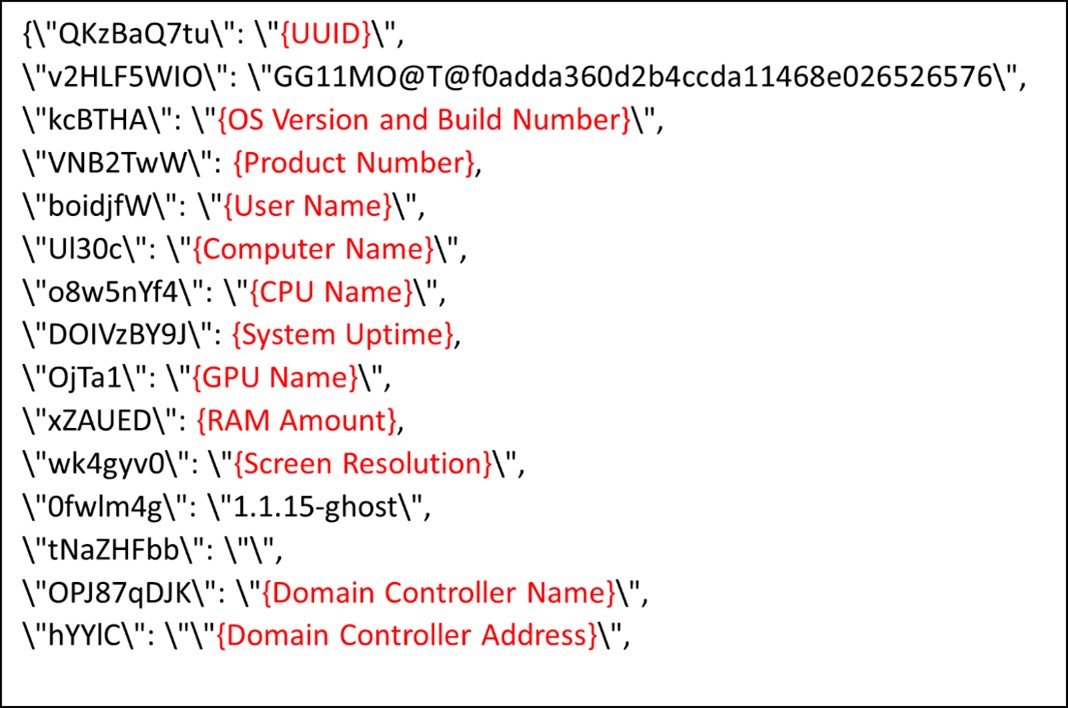26/01/2024
Emily Hancock
10 min read
This post is also available in Deutsch, Français, 日本語 and Nederlands.
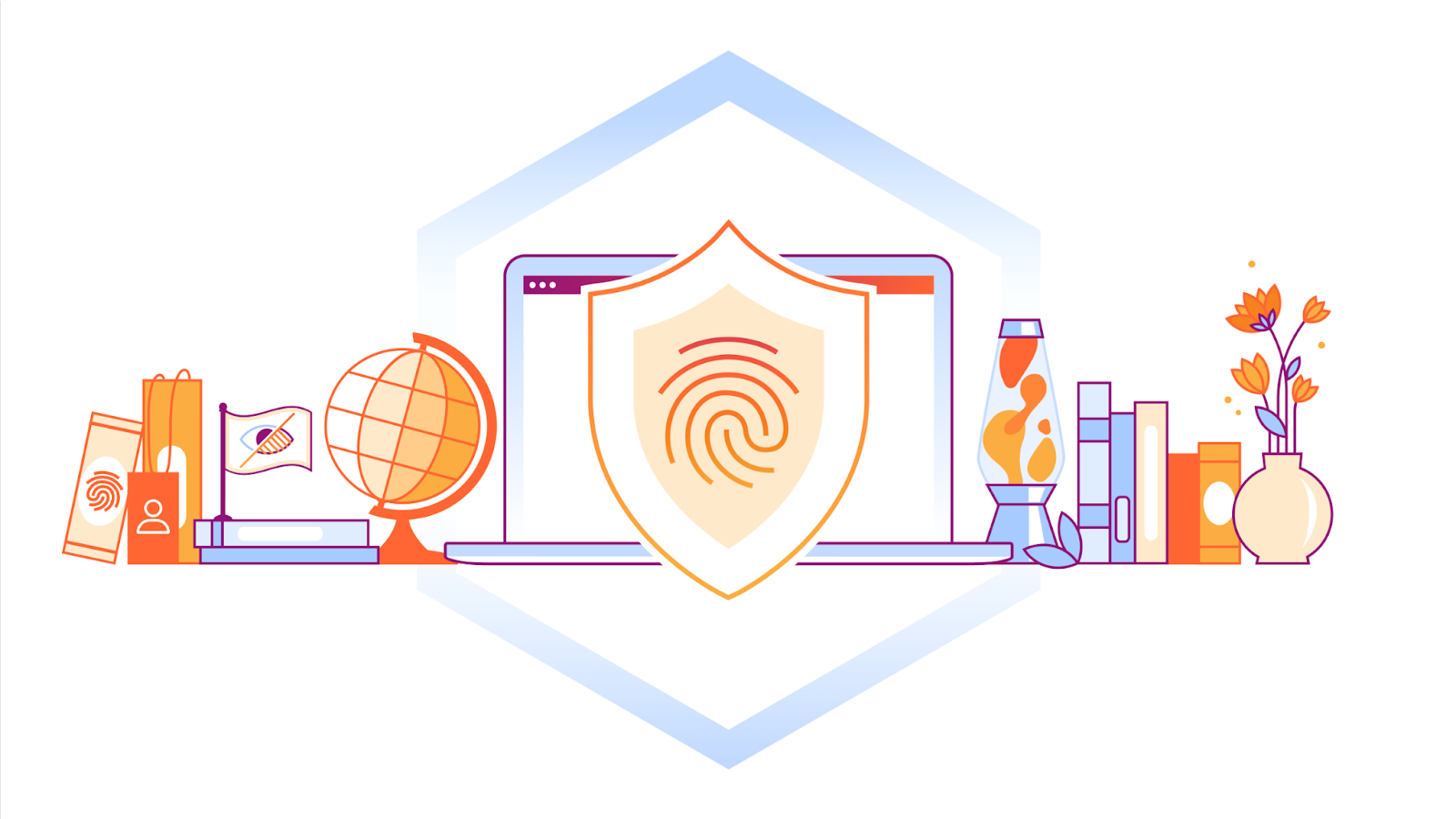
Just in time for Data Privacy Day 2024 on January 28, the EU Commission is calling for evidence to understand how the EU’s General Data Protection Regulation (GDPR) has been functioning now that we’re nearing the 6th anniversary of the regulation coming into force.
We’re so glad they asked, because we have some thoughts. And what better way to celebrate privacy day than by discussing whether the application of the GDPR has actually done anything to improve people’s privacy?
The answer is, mostly yes, but in a couple of significant ways – no.
Overall, the GDPR is rightly seen as the global gold standard for privacy protection. It has served as a model for what data protection practices should look like globally, it enshrines data subject rights that have been copied across jurisdictions, and when it took effect, it created a standard for the kinds of privacy protections people worldwide should be able to expect and demand from the entities that handle their personal data. On balance, the GDPR has definitely moved the needle in the right direction for giving people more control over their personal data and in protecting their privacy.
In a couple of key areas, however, we believe the way the GDPR has been applied to data flowing across the Internet has done nothing for privacy and in fact may even jeopardize the protection of personal data. The first area where we see this is with respect to cross-border data transfers. Location has become a proxy for privacy in the minds of many EU data protection regulators, and we think that is the wrong result. The second area is an overly broad interpretation of what constitutes “personal data” by some regulators with respect to Internet Protocol or “IP” addresses. We contend that IP addresses should not always count as personal data, especially when the entities handling IP addresses have no ability on their own to tie those IP addresses to individuals. This is important because the ability to implement a number of industry-leading cybersecurity measures relies on the ability to do threat intelligence on Internet traffic metadata, including IP addresses.
Location should not be a proxy for privacy
Fundamentally, good data security and privacy practices should be able to protect personal data regardless of where that processing or storage occurs. Nevertheless, the GDPR is based on the idea that legal protections should attach to personal data based on the location of the data – where it is generated, processed, or stored. Articles 44 to 49 establish the conditions that must be in place in order for data to be transferred to a jurisdiction outside the EU, with the idea that even if the data is in a different location, the privacy protections established by the GDPR should follow the data. No doubt this approach was influenced by political developments around government surveillance practices, such as the revelations in 2013 of secret documents describing the relationship between the US NSA (and its Five Eyes partners) and large Internet companies, and that intelligence agencies were scooping up data from choke points on the Internet. And once the GDPR took effect, many data regulators in the EU were of the view that as a result of the GDPR’s restrictions on cross-border data transfers, European personal data simply could not be processed in the United States in a way that would be consistent with the GDPR.
This issue came to a head in July 2020, when the European Court of Justice (CJEU), in its “Schrems II” decision1, invalidated the EU-US Privacy Shield adequacy standard and questioned the suitability of the EU standard contractual clauses (a mechanism entities can use to ensure that GDPR protections are applied to EU personal data even if it is processed outside the EU). The ruling in some respects left data protection regulators with little room to maneuver on questions of transatlantic data flows. But while some regulators were able to view the Schrems II ruling in a way that would still allow for EU personal data to be processed in the United States, other data protection regulators saw the decision as an opportunity to double down on their view that EU personal data cannot be processed in the US consistent with the GDPR, therefore promoting the misconception that data localization should be a proxy for data protection.
In fact, we would argue that the opposite is the case. From our own experience and according to recent research2, we know that data localization threatens an organization’s ability to achieve integrated management of cybersecurity risk and limits an entity’s ability to employ state-of-the-art cybersecurity measures that rely on cross-border data transfers to make them as effective as possible. For example, Cloudflare’s Bot Management product only increases in accuracy with continued use on the global network: it detects and blocks traffic coming from likely bots before feeding back learnings to the models backing the product. A diversity of signal and scale of data on a global platform is critical to help us continue to evolve our bot detection tools. If the Internet were fragmented – preventing data from one jurisdiction being used in another – more and more signals would be missed. We wouldn’t be able to apply learnings from bot trends in Asia to bot mitigation efforts in Europe, for example. And if the ability to identify bot traffic is hampered, so is the ability to block those harmful bots from services that process personal data.
The need for industry-leading cybersecurity measures is self-evident, and it is not as if data protection authorities don’t realize this. If you look at any enforcement action brought against an entity that suffered a data breach, you see data protection regulators insisting that the impacted entities implement ever more robust cybersecurity measures in line with the obligation GDPR Article 32 places on data controllers and processors to “develop appropriate technical and organizational measures to ensure a level of security appropriate to the risk”, “taking into account the state of the art”. In addition, data localization undermines information sharing within industry and with government agencies for cybersecurity purposes, which is generally recognized as vital to effective cybersecurity.
In this way, while the GDPR itself lays out a solid framework for securing personal data to ensure its privacy, the application of the GDPR’s cross-border data transfer provisions has twisted and contorted the purpose of the GDPR. It’s a classic example of not being able to see the forest for the trees. If the GDPR is applied in such a way as to elevate the priority of data localization over the priority of keeping data private and secure, then the protection of ordinary people’s data suffers.
Applying data transfer rules to IP addresses could lead to balkanization of the Internet
The other key way in which the application of the GDPR has been detrimental to the actual privacy of personal data is related to the way the term “personal data” has been defined in the Internet context – specifically with respect to Internet Protocol or “IP” addresses. A world where IP addresses are always treated as personal data and therefore subject to the GDPR’s data transfer rules is a world that could come perilously close to requiring a walled-off European Internet. And as noted above, this could have serious consequences for data privacy, not to mention that it likely would cut the EU off from any number of global marketplaces, information exchanges, and social media platforms.
This is a bit of a complicated argument, so let’s break it down. As most of us know, IP addresses are the addressing system for the Internet. When you send a request to a website, send an email, or communicate online in any way, IP addresses connect your request to the destination you’re trying to access. These IP addresses are the key to making sure Internet traffic gets delivered to where it needs to go. As the Internet is a global network, this means it’s entirely possible that Internet traffic – which necessarily contains IP addresses – will cross national borders. Indeed, the destination you are trying to access may well be located in a different jurisdiction altogether. That’s just the way the global Internet works. So far, so good.
But if IP addresses are considered personal data, then they are subject to data transfer restrictions under the GDPR. And with the way those provisions have been applied in recent years, some data regulators were getting perilously close to saying that IP addresses cannot transit jurisdictional boundaries if it meant the data might go to the US. The EU’s recent approval of the EU-US Data Privacy Framework established adequacy for US entities that certify to the framework, so these cross-border data transfers are not currently an issue. But if the Data Privacy Framework were to be invalidated as the EU-US Privacy Shield was in the Schrems II decision, then we could find ourselves in a place where the GDPR is applied to mean that IP addresses ostensibly linked to EU residents can’t be processed in the US, or potentially not even leave the EU.
If this were the case, then providers would have to start developing Europe-only networks to ensure IP addresses never cross jurisdictional boundaries. But how would people in the EU and US communicate if EU IP addresses can’t go to the US? Would EU citizens be restricted from accessing content stored in the US? It’s an application of the GDPR that would lead to the absurd result – one surely not intended by its drafters. And yet, in light of the Schrems II case and the way the GDPR has been applied, here we are.
A possible solution would be to consider that IP addresses are not always “personal data” subject to the GDPR. In 2016 – even before the GDPR took effect – the Court of Justice of the European Union (CJEU) established the view in Breyer v. Bundesrepublik Deutschland that even dynamic IP addresses, which change with every new connection to the Internet, constituted personal data if an entity processing the IP address could link the IP addresses to an individual. While the court’s decision did not say that dynamic IP addresses are always personal data under European data protection law, that’s exactly what EU data regulators took from the decision, without considering whether an entity actually has a way to tie the IP address to a real person3.
The question of when an identifier qualifies as “personal data” is again before the CJEU: In April 2023, the lower EU General Court ruled in SRB v EDPS4 that transmitted data can be considered anonymised and therefore not personal data if the data recipient does not have any additional information reasonably likely to allow it to re-identify the data subjects and has no legal means available to access such information. The appellant – the European Data Protection Supervisor (EDPS) – disagrees. The EDPS, who mainly oversees the privacy compliance of EU institutions and bodies, is appealing the decision and arguing that a unique identifier should qualify as personal data if that identifier could ever be linked to an individual, regardless of whether the entity holding the identifier actually had the means to make such a link.
If the lower court’s common-sense ruling holds, one could argue that IP addresses are not personal data when those IP addresses are processed by entities like Cloudflare, which have no means of connecting an IP address to an individual. If IP addresses are then not always personal data, then IP addresses will not always be subject to the GDPR’s rules on cross-border data transfers.
Although it may seem counterintuitive, having a standard whereby an IP address is not necessarily “personal data” would actually be a positive development for privacy. If IP addresses can flow freely across the Internet, then entities in the EU can use non-EU cybersecurity providers to help them secure their personal data. Advanced Machine Learning/predictive AI techniques that look at IP addresses to protect against DDoS attacks, prevent bots, or otherwise guard against personal data breaches will be able to draw on attack patterns and threat intelligence from around the world to the benefit of EU entities and residents. But none of these benefits can be realized in a world where IP addresses are always personal data under the GDPR and where the GDPR’s data transfer rules are interpreted to mean IP addresses linked to EU residents can never flow to the United States.
Keeping privacy in focus
On this Data Privacy Day, we urge EU policy makers to look closely at how the GDPR is working in practice, and to take note of the instances where the GDPR is applied in ways that place privacy protections above all other considerations – even appropriate security measures mandated by the GDPR’s Article 32 that take into account the state of the art of technology. When this happens, it can actually be detrimental to privacy. If taken to the extreme, this formulaic approach would not only negatively impact cybersecurity and data protection, but even put into question the functioning of the global Internet infrastructure as a whole, which depends on cross-border data flows. So what can be done to avert this?
First, we believe EU policymakers could adopt guidelines (if not legal clarification) for regulators that IP addresses should not be considered personal data when they cannot be linked by an entity to a real person. Second, policymakers should clarify that the GDPR’s application should be considered with the cybersecurity benefits of data processing in mind. Building on the GDPR’s existing recital 49, which rightly recognizes cybersecurity as a legitimate interest for processing, personal data that needs to be processed outside the EU for cybersecurity purposes should be exempted from GDPR restrictions to international data transfers. This would avoid some of the worst effects of the mindset that currently views data localization as a proxy for data privacy. Such a shift would be a truly pro-privacy application of the GDPR.
1 Case C-311/18, Data Protection Commissioner v Facebook Ireland and Maximillian Schrems.
2 Swire, Peter and Kennedy-Mayo, DeBrae and Bagley, Andrew and Modak, Avani and Krasser, Sven and Bausewein, Christoph, Risks to Cybersecurity from Data Localization, Organized by Techniques, Tactics, and Procedures (2023).
3 Different decisions by the European data protection authorities, namely the Austrian DSB (December 2021), the French CNIL (February 2022) and the Italian Garante (June 2022), while analyzing the use of Google Analytics, have rejected the relative approach used by the Breyer case and considered that an IP address should always be considered as personal data. Only the decision issued by the Spanish AEPD (December 2022) followed the same interpretation of the Breyer case. In addition, see paragraphs 109 and 136 in Guidelines by Supervisory Authorities for Tele-Media Providers, DSK (2021).
4 Single Resolution Board v EDPS, Court of Justice of the European Union, April 2023.
We protect entire corporate networks, help customers build Internet-scale applications efficiently, accelerate any website or Internet application, ward off DDoS attacks, keep hackers at bay, and can help you on your journey to Zero Trust.
Visit 1.1.1.1 from any device to get started with our free app that makes your Internet faster and safer.
To learn more about our mission to help build a better Internet, start here. If you’re looking for a new career direction, check out our open positions.
Source :
https://blog.cloudflare.com/reflecting-on-the-gdpr-to-celebrate-privacy-day-2024/
